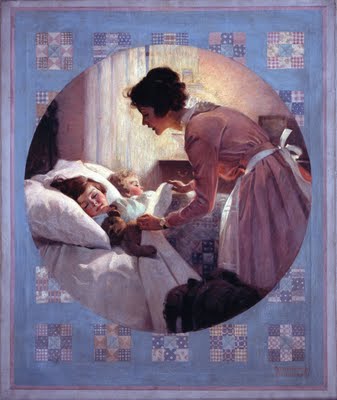 Self portrait with Bandaged Ear, Vincent van Gogh, January 1889
Self portrait with Bandaged Ear, Vincent van Gogh, January 1889
“One can speak of the good mental health of Van Gogh who, in his whole adult life, cooked only one of his hands and did nothing else except once to cut off his left ear, in a world in which every day one eats vagina cooked in green sauce or penis of newborn child whipped and beaten to a pulp, just as it is when plucked from the sex of its mother.
And this is not an image, but a fact abundantly and daily repeated and cultivated throughout the world. And this, however delirious this statement may seem, is how modern life maintains its old atmosphere of debauchery, anarchy, disorder, delirium, derangement, chronic insanity, bourgeois inertia, psychic anomaly (for it is not man but the world which has become abnormal), deliberate dishonesty and notorious hypocrisy, stingy contempt for everything that shows breeding. insistence on an entire order based on the fulfillment of a primitive injustice, in short, of organized crime.
Things are going badly because sick consciousness has a vested interest right now in not recovering from its sickness. This is why a tainted society has invented psychiatry to defend itself against the investigations of certain superior intellects whose faculties of divination would be troublesome. …In comparison with the lucidity of Van Gogh, which is a dynamic force, psychiatry is no better than a den of apes who are themselves obsessed and persecuted and who possess nothing to mitigate the most appalling states of anguish and human suffocation but a ridiculous terminology, worthy product of their damaged brains.
…I believe Gauguin thought the artist should look for the symbol and the myth and expand everything in life into a myth, whereas Van Gogh thought that we must know how to infer the myth from the most everyday things in life. For reality is greatly superior to every story, mythology, deity and super-reality. It is enough to have the genius to know how to interpret reality, which is something no painter had done before Van Gogh.
…I will tell you that Van Gogh is a painter because he has re- assembled nature, because he has, as it were, perspired it and made it sweat, because he has spurted on to his canvases in heaps, monumental with colours, the centuries-old struggle of elements, the terrible rudimentary pressure of apostrophes, stripes, commas and strokes, of which we must admit that, after him, natural appearances are made.
And how many repressed elbow movements, ocular shocks recorded from life, observations made in front of the subject, luminous currents of the forces which work on reality, were necessary to overthrow the barrier before being finally compressed, raised on to the canvas and accepted ? There are no ghosts in Van Gogh’s painting, no visions, no hallucinations. It is the torrid truth of the sun at two o’clock in the afternoon. But the suffering of the pre-natal is there.
It is nature, pure and naked, seen just as it conceals itself when we know how to get near enough to it.
…Van Gogh will have surely been the most genuine painter of all the painters, the only one who has not exceeded painting in so far as painting is both the strict means of his work and the strict limit of his means. On the other hand, he is absolutely the only painter who has completely exceeded painting as the passive act of representing nature, in order to pour out from this exclusive representation of nature a whirlpool force, an element torn out of the heart’s centre. Nothing but painting-no more: no philosophy, mysticism, ritual, psycliurgy or liturgy, no business with literature nor with poetry: these bronzed golden sunflowers are painted.
Better than any psychiatrist in the world, this is how the great Van Gogh has described his illness: ‘I break through, I lose again, I examine, I grip hold of, I loosen, my dead life conceals nothing, and, besides, the néant* has never done any harm to anyone, and what forces me to return to it is this distressing sense of absence, which passes by and sometimes drowns me, but I see very clearly into it; and I even know what the néant is, and I could tell you what is in it.’ Van Gogh was right. One can live for the infinite, only take pleasure in the infinite; there is enough infinite on the earth and in the stars to satiate a thousand great geniuses. If Van Gogh was unable to gratify his desire to suffuse his whole life with it, it is because society expressly and consciously forbade him.
… I will no longer put up with hearing someone say to me, as has so often happened, ‘Monsieur Artaud, you are raving’, without committing a crime. Van Gogh heard this said to him. And this is why that knot of blood which killed him twisted itself around his throat.”
Antonin Artaud
Excerpt from Van Gogh, le suicidé de la société
A few days before the opening of a Vincent van Gogh exhibition in Paris in 1947, gallery owner Pierre Loeb suggested that Antonin Artaud (1896-1948) write about the painter. Challenging the thesis of alienation, Artaud was determined to show how van Gogh’s exceptional lucidity made lesser minds uncomfortable. Wishing to prevent him from uttering certain “intolerable truths”, those who were disturbed by his painting drove him to suicide.
Note:
* Néant: Nothingness























































